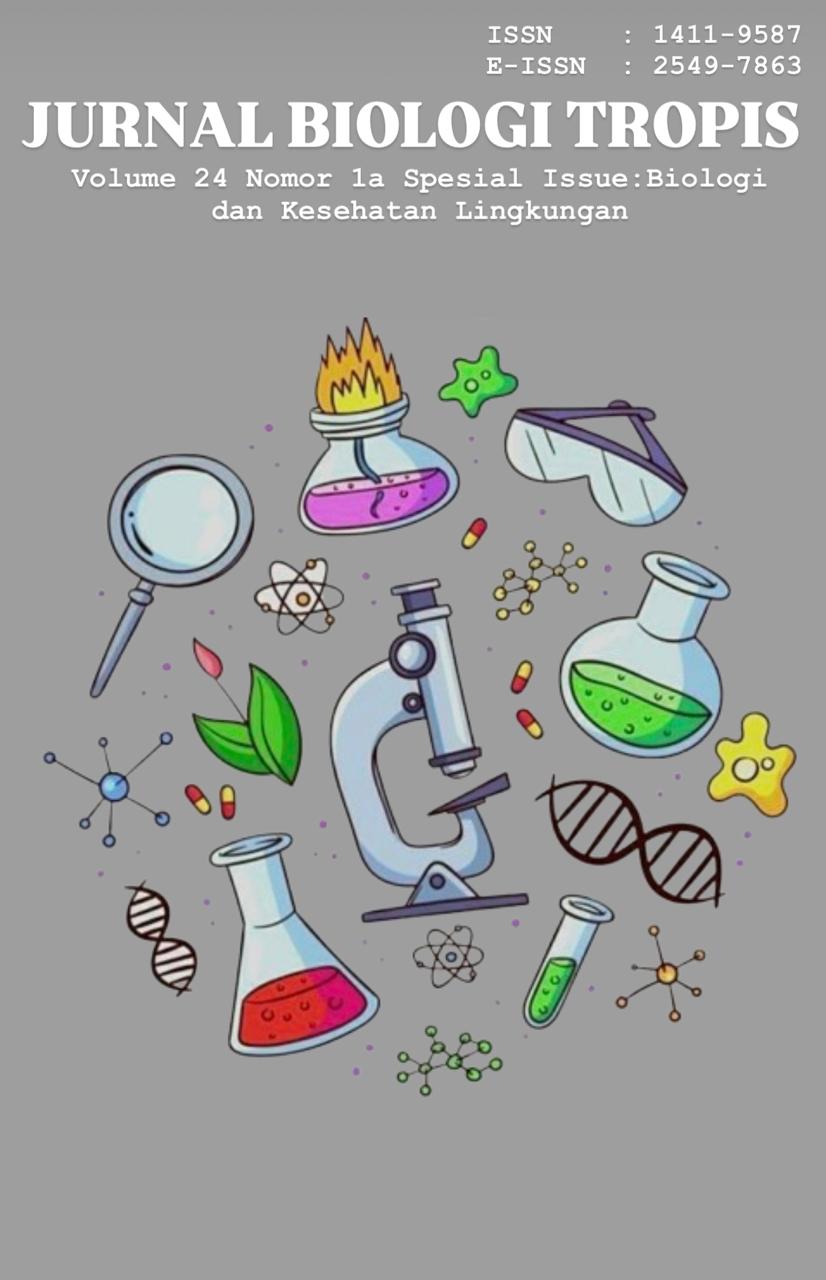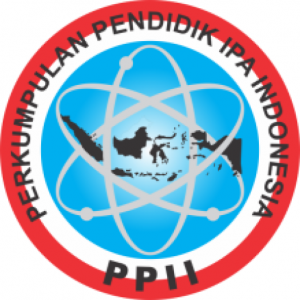Inguinal Hernia: Literature Review
Authors
Muhammad Awallul Rizky Aritiah , Alifia Intan Fariztia , Naurah Arika Azmi , Andi Muhammad Al Fatih Haq , Putra Ragad , Muhammad Hilman Rizaldi , Maida Sania Salsabilah , Linda Silvana SariDOI:
10.29303/jbt.v24i1b.7889Published:
2024-12-12Issue:
Vol. 24 No. 1b (2024): Special IssueKeywords:
Hernia, inguinal hernia, hernia classification.Articles
Downloads
How to Cite
Downloads
Metrics
Abstract
Inguinal hernia is a condition when intra-abdominal fat or part of the small intestine protrudes through a weak area in the lower abdominal muscles. The purpose of this article is to discuss and learn more about inguinal hernia. This article was compiled using the literature review method in articles discussing inguinal hernia. The data or articles reviewed were obtained through searches in databases such as Google Scholar, Medscape, PubMed, and Siencedirect. The publication year limit used as a reference for compiling this article is a maximum of 10 years after publication. The results of compiling this article obtained the definition, etiology and risk factors, epidemiology, pathophysiology, clinical manifestations, diagnosis, management, complications, and prognosis of inguinal hernia. Inguinal hernia is a condition when intra-abdominal fat or part of the small intestine protrudes through a weak area in the lower abdominal muscles. The incidence of hernia according to 2005 to 2010 and Indonesia ranged from 18,145 sufferers. Hernias can be divided into direct, indirect inguinal hernias and femoral hernias based on their location. Hernias can occur due to internal and external factors. Diagnosis can be made through anamnesis, physical examination and supporting examinations. The supporting examination used is an examination using sonography. The management carried out if someone suffers from a hernia is through operative measures that are carefully prepared. Complications that can occur are scrotal edema, testicular atrophy, chronic pain after surgery, intestinal necrosis due to strangulation and complications after surgery such as femoral vein injury, ilioinguinal nerve and iliofemoral nerve. The prognosis for recurrence of hernias can be lighter in light workers and heavier in heavy workers.
References
Amrizal. (2015). Hernia inguinalis. Syifa' MEDIKA: Jurnal Kedokteran dan Kesehatan. Vol. 6. DOI: 10.32502/sm.v6i1.1374
Berndsen, M. R., Guðbjartsson, T., & Berndsen, F. H. (2019). Inguinal hernia - review. Laeknabladid, 105(9), 385–391. DOI: https://doi.org/10.17992/lbl.2019.09.247
Engbang J,P., Essola B., Fouda B., Baakaiwa E,D., Chichom A,M., Ngowe M,N. (2021). nguinal Hernias in Adults: Epidemiological, Clinical and Therapeutic Aspects in the City of Douala. J Surg Res; 4 (1): 95-118 DOI: 10.26502/jsr.10020115
Erianto, M., Nabila , F., Triwahyuni, T., & Prasetia, T. (2022) ‘Hubungan Usia Dengan Jenis Hernia Inguinalis Di Rs Pertamina Bintang Amin Lampung’, Jurnal Ilmu Dan Teknologi Kesehatan Terpadu, 1(2), pp. 73–79. doi: 10.53579/jitkt.v1i2.18.
Gunawan, I. M. K., Saraswati, P. A. I., & Putra, P. M. G. A. (2020). Relationship Between Obesity With Risk Of Obstruction In Lateral Inguinal Hernia. International Journal Of Health & Medical Sciences. 3(1): 35-41. https://Doi.Org/10.31295/Ijh ms.V3n1.124
Hammoud, M., & Gerken, J. (2023). Inguinal Hernia. StatPearls. Treasure Island: StatPearls Publishing.
Hoyos Brumbaugh, M.L., Drake, B. and Babij, R. (2021) ‘Complicated, Complete, Indirect, Irreducible Right Inguinoscrotal Hernia’, Journal of Diagnostic Medical Sonography, 37(1), pp. 76–82. doi:10.1177/8756479320962010.
Igirisa, R, A., Lampus, H, F., & Lengkong, A, C. (2023). Patofisiologi dan Faktor-faktor yang Berhubungan dengan Hernia Inguinalis pada Anak. Medical Scope Journal. 5 (1) : 38-44. DOI:https://doi.org/10.35790/msj.v5i1.4 5120
Kavira IS, Alumeti MD, Luhiriri NL, Cikwanine JP, Ahuka OL. Hernie inguino- scrotale géante de l’adulte: une observation clinique. Revue médicale des grands lacs. 10 (2019): 42-50.
Kumaat, Matthew A., Lampus, H., & Pali, N. (2022). Inguinal Hernia in Infant. e-Clinic, 10(2), pp. 167-172. doi : https://doi.org/10.35790/ecl.v10i2.37617.
Merry, F. A., Virgiandhy, I. G. N. and Arif, W. (2018) ‘Hubungan antara Usia dan Hernia Inguinalis di RSUD dr . Soedarso Pontianak’, Jurnal Cerebellum, 4(2), pp. 1052–1058.
Meliani, R., & Dytho, M. (2022). Hernia. Hernia, 406–416. https://proceedings.ums.ac.id/index.php/kedokteran/article/view/2132/2087.
Miyajima A. (2018). Inseparable Interaction of the Prostate and Inguinal Hernia. International journal of urology : Official Journal of the Japanese Urological Association, 25(7), 644–648. https://doi.org/10.1111/iju.13717
Nuruzzaman, M. R. (2019) ‘Asuhan Keperawatan Pada Klien Tn.M Dengan Diagnosa Medis Post Operasi HIL (Hernia Inguinalis Lateralis) Di Ruang Melati RSUD Bangil’, Kesehatan, 4(3), p. 2.
Onuigbo & GE, Njeze. (2016). Inguinal Hernia. A Review. Journal of Surgery and Operative Care. 1. DOI: 10.15744/2455-7617.1.202
Sahiner, I. T., & Altunal, C. (2023). Evolution of Inguinal Hernia Publications: A Bibliometric Analysis from 1980 to 2021. Medical Science Monitor : International Medical Journal of Experimental and Clinical Research, 29, e939613. https://doi.org/10.12659/MSM.939613
Shakil, A., Aparicio, K., Barta, E., & Munez, K. (2020). Inguinal Hernias: Diagnosis and Management. American family physician, 102(8), 487–492.
Sihombing, B. F. M. (2023). Karakteristik penderita hernia inguinalis yang di rawat inap pada Rumah Sakit Bayukarta Karawang periode 2022. Intisari Sains Medis, 14(2), 576-579.
Stewart, J. G. (2018). Atlas of pathophysiology. 4th ed.. Philadelphia: Wolters Kluwer.
Vagholkar, K., & Vagholkar S. (2019). Enigmatic Etiology of Inguinal Hernia. International Surgery Journal, 6(3): 1016-1019. http://dx.doi.org/10.18203/2349-2902.isj20190475
Wirajaya, I, G, R, W., Dewi, S, R., & Suriana, S, N. (2023). Gambaran Faktor Risiko pada Pasien Hernia Inguinalis di RSUD Buleleng Tahun 2019-2020. Aescculapius Medical Journal. Vol. 3 No. 1. file:///C:/Users/acer/Downloads/5530-Article%20Text-33790-1-10-20230223.pdf
Yeap, E., Pacilli, M., & Nataraja, R. M. (2020). Inguinal hernias in children. Australian journal of general practice, 49(1-2), 38–43. https://doi.org/10.31128/AJGP-08-19-5037
License
Copyright (c) 2024 Muhammad Awallul Rizky Aritiah, Alifia Intan Fariztia, Naurah Arika Azmi, Andi Muhammad Al Fatih Haq, Putra Ragad, Muhammad Hilman Rizaldi, Maida Sania Salsabilah, Linda Silvana Sari

This work is licensed under a Creative Commons Attribution 4.0 International License.

Jurnal Biologi Tropis is licensed under a Creative Commons Attribution 4.0 International License.
The copyright of the received article shall be assigned to the author as the owner of the paper. The intended copyright includes the right to publish the article in various forms (including reprints). The journal maintains the publishing rights to the published articles.
Authors are permitted to disseminate published articles by sharing the link/DOI of the article at the journal. Authors are allowed to use their articles for any legal purposes deemed necessary without written permission from the journal with an acknowledgment of initial publication to this journal.


























